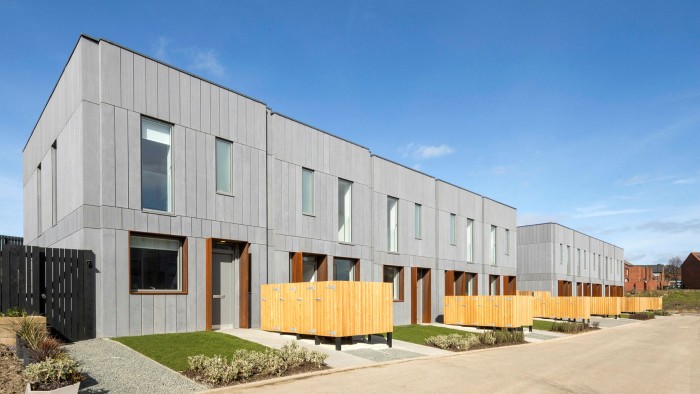
Technological Advancements Revolutionizing Modular Building
In recent years, modular buildings have transformed significantly due to technological advancements. These innovations are reshaping how homes are built, providing homeowners with more efficient, affordable, and eco-friendly solutions. From enhanced construction techniques to smart home integrations, the shift toward modular structures is undeniable. This article delves into the technological innovations that are revolutionizing modular building.

1. Introduction to Modular Building
Modular building involves constructing sections of a building in a factory setting, which are later transported to the site and assembled. This approach offers numerous benefits, including reduced construction time, lower costs, and minimal environmental impact.
2. Advanced Construction Techniques
2.1 Prefabrication Precision
With technology, precision in prefabrication processes has improved, leading to higher quality structures.
2.2 Sustainable Materials
The use of sustainable materials is on the rise, ensuring that modular buildings are more eco-friendly than their traditional counterparts.
3. Smart Home Technologies
3.1 Integration with IoT
Integration with Internet of Things (IoT) devices enhances modular homes with features such as energy efficiency and remote monitoring capabilities. For those looking to incorporate smart features, you can explore some smart gadgets for modular homes.
3.2 Automation Systems
Automation systems are making modular homes smarter, allowing occupants to control lighting, heating, and security systems effortlessly.
4. Environmental Considerations
4.1 Reducing Carbon Footprint
By optimizing material use and reducing construction times, modular building significantly reduces the carbon footprint.
4.2 Climate Adaptability
Modular homes are designed to withstand various climate conditions. Explore more about climate-resilient options for modular housing.
5. Cost Efficiency and Speed
5.1 Faster Build Times
With the support of technological advancements, modular homes are constructed in a fraction of the time required for traditional buildings.
5.2 Budget-Friendly Solutions
The precision in manufacturing processes results in reduced waste and lower overall costs, making modular homes a more economical choice.
6. Future Trends in Modular Building
6.1 Increased Customization
The future is bright with increased possibilities for customizing modular homes to fit specific tastes and needs.
6.2 Expanding Technologies
Newer technologies continue to emerge, promising even more efficient designs and construction methods.
7. Challenges Facing the Industry
7.1 Regulatory Hurdles
The industry faces challenges concerning building codes and regulations which vary by region.
7.2 Public Perception
There is a need to change the public perception of modular homes as low-quality when in fact they offer sustainable and luxurious options.
8. External Influences and Resources
Explore more insights into modular homes by visiting Architectural Digest.
9. Conclusion
Technological advancements in modular building are shaping the future of construction. With benefits such as efficiency, sustainability, and affordability, modular buildings present a compelling option for the next generation of home builders.

FAQ
What is modular construction?
Modular construction is a process where buildings are built in sections in a factory setting and then assembled onsite.
Are modular homes eco-friendly?
Yes, modular homes tend to be more sustainable due to efficient use of materials and reduced construction waste.
How do smart technologies integrate with modular homes?
Smart technologies can be integrated into modular interior designs, enhancing features such as energy efficiency and home automation.
This article contains affiliate links. We may earn a commission at no extra cost to you.